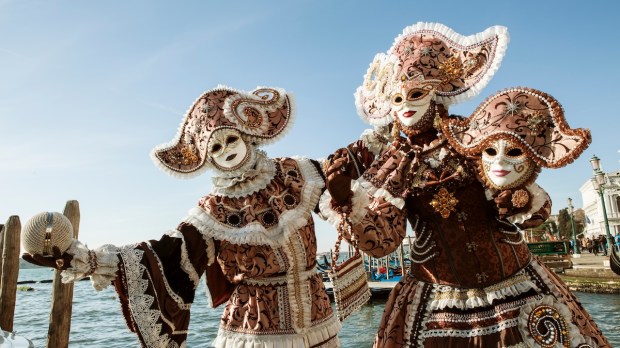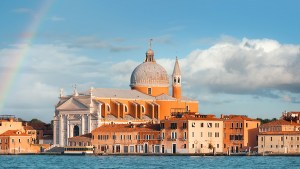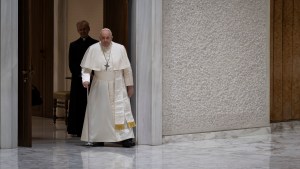February 2: The beautiful brides of the Presentation
From the 9th century onward, every February 2 — the feast day of the Presentation of Jesus in the Temple — a celebration was held to bless future married couples. The 12 poorest brides-to-be were chosen and dressed lavishly in jewels belonging to the parishes and wealthy families of Venice.
However, in 973, pirates kidnapped the young women during this ceremony. They (and their jewels) were fortunately rescued. To thank the Virgin, the “Feast of the Marys” was officially instituted, including numerous banquets and ceremonies on the Grand Canal. For a time, the poor women were replaced by wooden statues whose name, “Marione” — the “big Maries” — is the origin of the word marionettes.
The festival disappeared in the 15th century, but was revived by Venetian cultural influencer Bruno Tosi in 1999. However, the original spiritual meaning has now disappeared, and it is no more than a beauty contest in medieval garb, integrated into the Carnival tourist festivities.
February: Mardi Gras
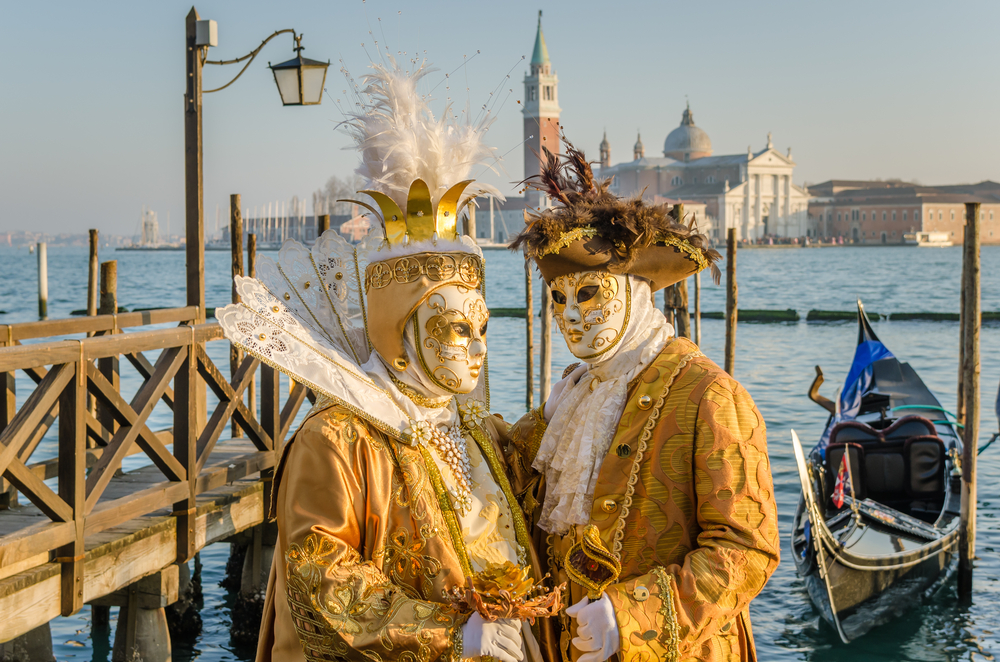
In 1296, the Senate of the Republic of Venice decided to make the day before Ash Wednesday a public holiday, the last opportunity to indulge before the 40 days of Lent. This tradition, present in many cities throughout Christendom, took on a whole new dimension in Venice, where traces of these festivities can be traced back to the 11th century.
A time for catharsis and the overturning of social orders in bourgeois Venice, Carnival was distinguished by its juggling and acrobatic attractions, its theatrical productions — notably Commedia dell’Arte — and its creative disguises. The anonymity of participants has long been protected by masks, even though the authorities — and the Church in particular — have long tried to ban them, particularly in view of the excesses of libertines.
A true counterpoint to Lent, Carnival is better perceived by the Church today, despite the excesses linked to its tourist success and hedonistic identity. In fact, the Patriarchate of Venice now organizes an annual “Carnival of the Altar Boys.”
April 25: St. Mark, patron saint of Venice
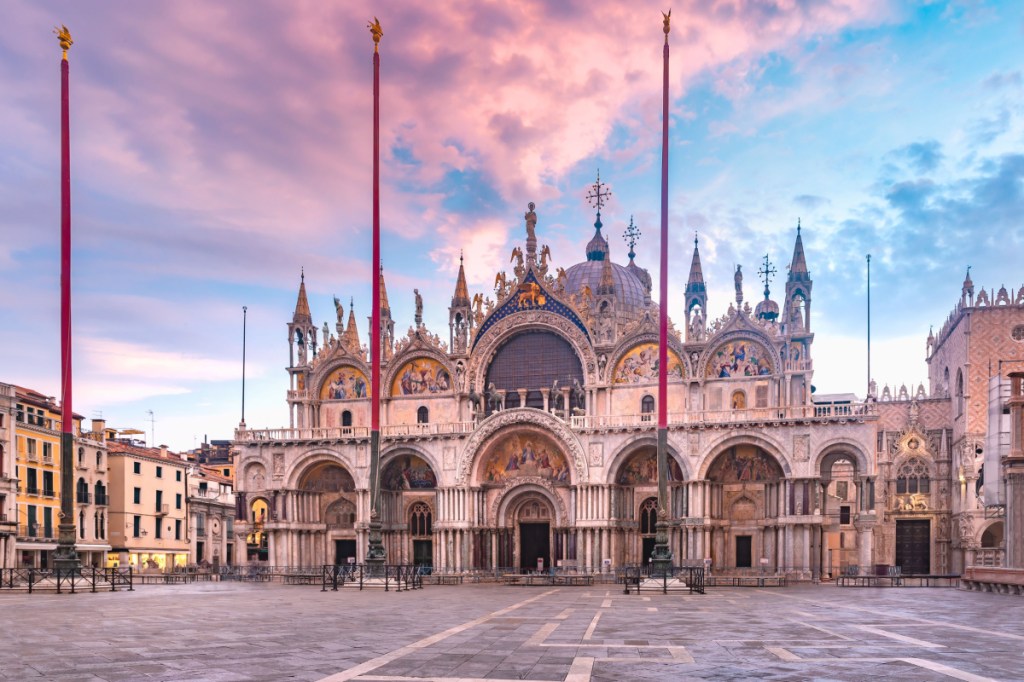
Every year, as the whole of Italy celebrates the proclamation of the Italian Republic, Venice celebrates its patron saint, Mark. The evangelist represented by a lion, who gave this likeness to the coat of arms of the Serenissima, has been particularly venerated in the Lagoon since the Venetians stole his relics from the Copts in the 9th century.
To celebrate this “local” saint, the Venetians used to organize processions with all the city’s authorities. Today, the procession is organized by the patriarch in St. Mark’s Basilica, where the saint’s relics are kept. It’s also traditional to offer a rosebud to a loved one on this day.
May: the golden ring of the Ascension
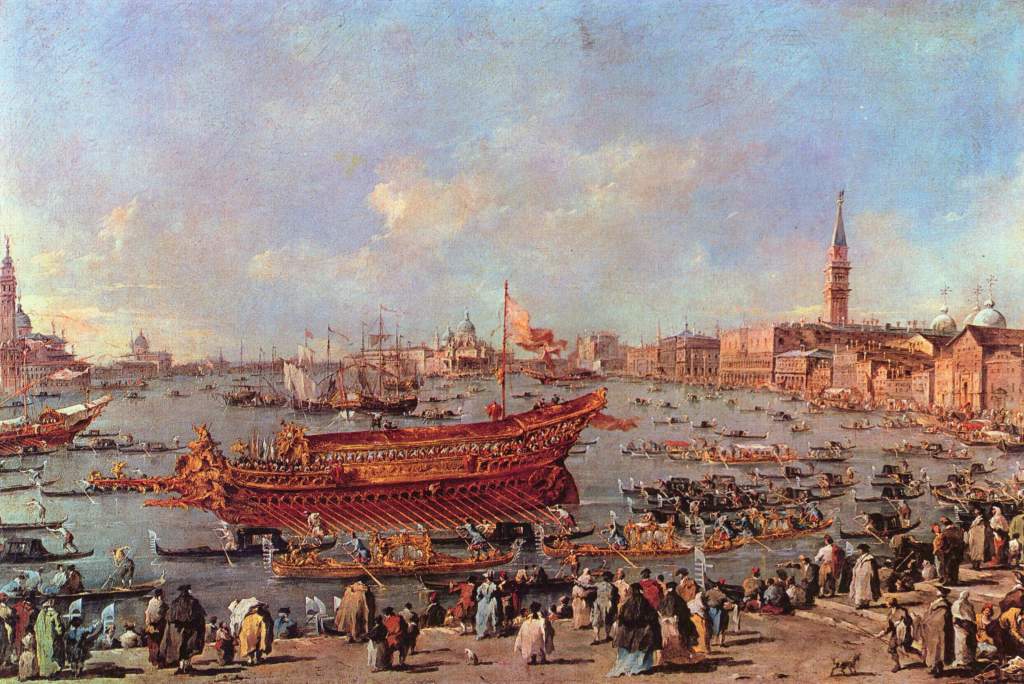
The feast of the Ascension is of particular importance in Venice. It is celebrated today, as it is throughout Italy, on the Sunday following Ascension Thursday (which comes 40 days after Easter). Called the “Sensa” in Venetian dialect, it was originally held to also commemorate the naval victory over Croatian pirates in 997 and the signing of the Peace of Venice between the Holy See of Alexander III and the Holy Roman Empire of Barbarossa in 1177, both of which occurred on the day Jesus ascended to Heaven. Above all, the ceremony underlines the Republic’s greatness by celebrating its “marriage with the sea,” a ritual that symbolizes Venetian domination of the waters.
During the ceremony, which involved the entire city, the Doge, sovereign of the Serenissima, climbed aboard his personal galley, the Bucentaure, and sailed out of the lagoon. There, he threw out a golden ring, a sign of his union with the sea. The first ring is said to have been presented to Doge Ziani by Pope Alexander III himself.
The ritual, an ostentatious sign of the city’s wealth, continued for centuries until the arrival of Napoleon’s forces and the removal of the doges. Since then, the mayor of Venice, accompanied by a procession of boats, throws a gold ring into the Adriatic every year.
July: The Redeemer against the plague
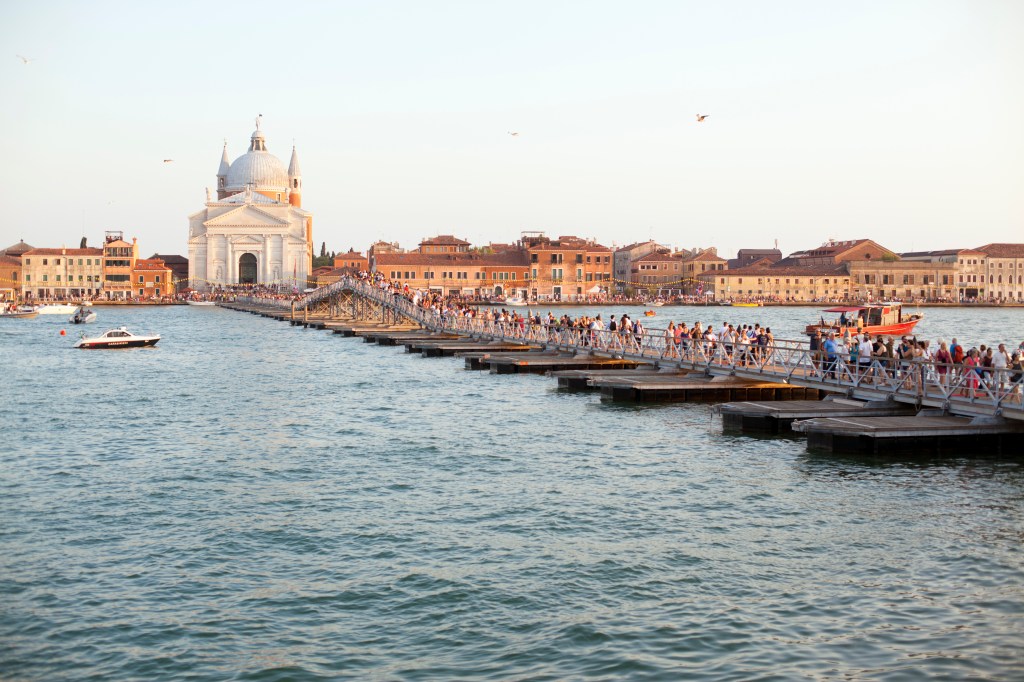
In 1575-1576, the plague hit Venice hard, as the port of trade to the East was the first to be exposed to this scourge. Doge Alvise Mocenigo promised to build a magnificent church if the plague were to end. To thank the Lord for the end of the pandemic a few months later, he commissioned the famous architect Andrea Palladio to build a church on the island of Giudecca, which was consecrated in 1592.
But even before construction was completed, local residents began installing a temporary wooden bridge to link St. Mark’s Square and the Church of the Redeemer. This “votive bridge,” still built today using the city’s gondolas, enables Venetians to reach the church on foot every weekend of the “Feast of the Redeemer.”
Celebrated nowadays on the third Saturday and Sunday of July, it begins when the patriarch of Venice pronounces a blessing in the square in front of the Church of the Redeemer as the crowd begins a procession towards Giudecca. Then in the church, at 7:30 pm, a first Eucharistic celebration presided over by the patriarch takes place, followed by another at 12:30 am and a third at 8:00 am. Also known as Festa Famosissima — “Very Famous Feast” — the Feast of the Redeemer today gives rise to city-wide festivities, with fireworks displays from the island of San Giorgio. Regattas follow on Sunday.
November 21: Our Lady against the plague
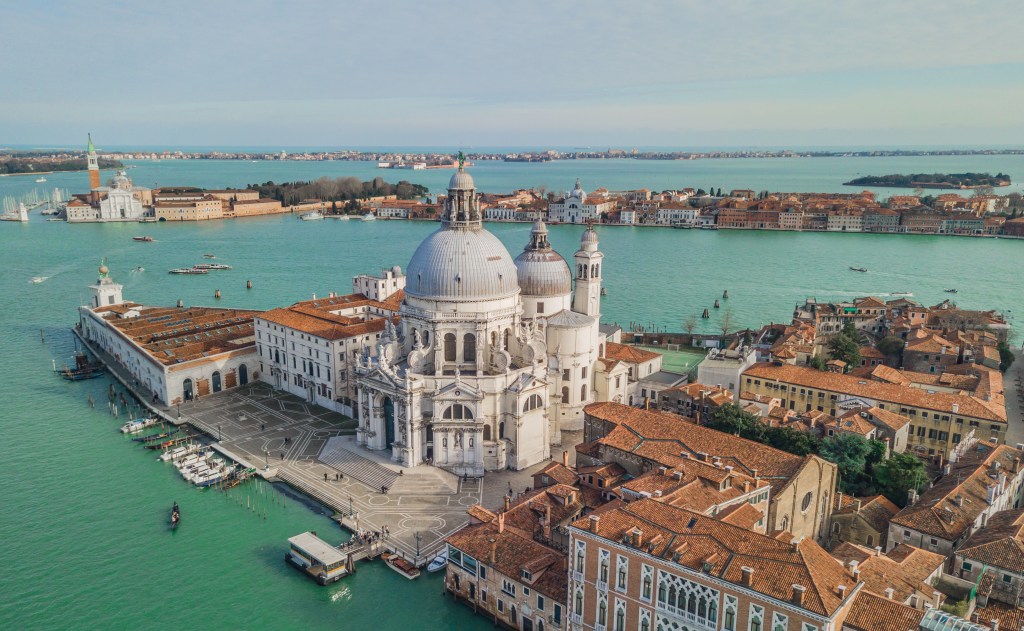
The feast of the Presentation of Mary in the Temple commemorates the day on which (according to an extra-biblical tradition) Mary’s parents, Anne and Joachim, entrusted her to the priests and Levites in the Temple to be raised in the Lord’s service. On this date, Venice commemorates a second episode of the plague, which occurred in 1630 and claimed 12,000 victims in the month of November alone.
Faced with the brutality of the pandemic, Patriarch Giovanni Tiepolo ordered public prayers for a week, then a procession for 15 Saturdays led by a precious icon of Our Lady, known as “Maria Nicopeia,” said to have been painted by St. Luke himself. Venice lost 700,000 inhabitants in two years, but the plague came to an end.
To thank the Virgin Mary, a church was built at the end of the Grand Canal, called “Our Lady of Salvation.” Every November 21, a votive bridge is built over the Grand Canal to make it easier to reach this edifice, where Masses and rosaries are celebrated throughout the day. This is a public holiday in Venice.
